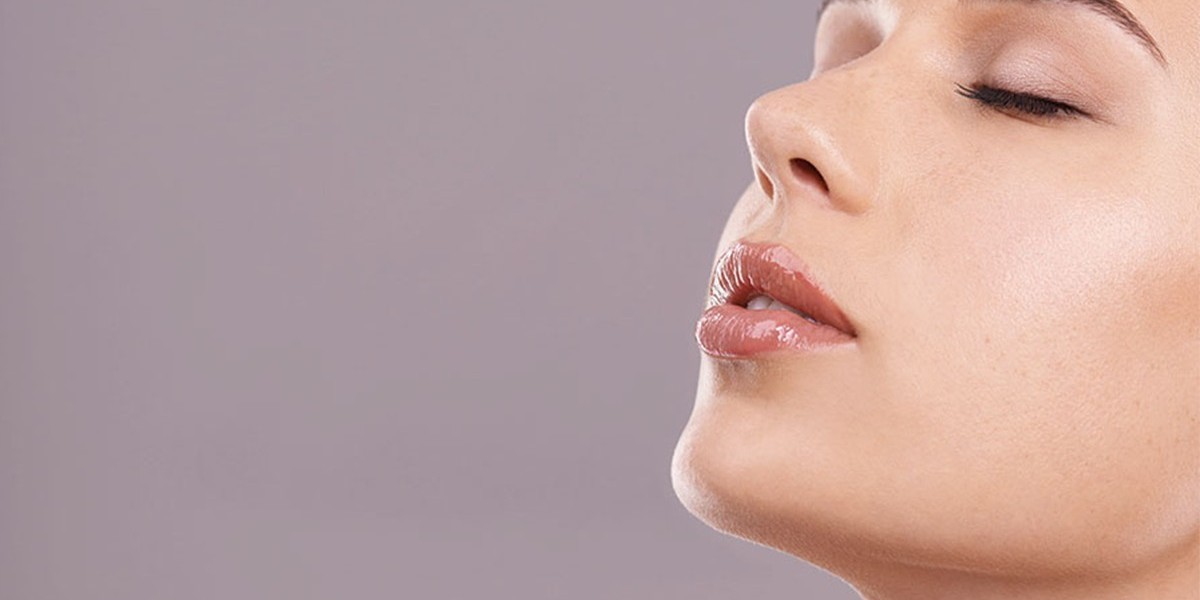Rhinoplasty, often called a “nose job,” is a cosmetic surgery designed to reshape or reconstruct the nose for both aesthetic and functional purposes. It’s one of the most delicate procedures in cosmetic surgery, requiring a careful recovery process to ensure the best results. One of the most common questions patients ask after undergoing Rhinoplasty in Islamabad is: “How should I sleep after the surgery?” Since sleeping positions can greatly affect healing, swelling, and final results, it’s important to follow the right post-operative practices.
Why Sleeping Position Matters After Rhinoplasty
Your nose is very delicate after surgery. The bones and cartilage are still settling into their new shape, and the tissues are healing. Sleeping incorrectly can:
Put pressure on the nose, altering its shape.
Increase swelling and prolong recovery.
Cause discomfort or even complications.
Lead to accidental injuries during rest.
For these reasons, surgeons emphasize the importance of proper sleeping positions in the first weeks following rhinoplasty.
Best Sleeping Positions After Rhinoplasty
1. Sleep on Your Back, With Head Elevated
The safest and most recommended sleeping position after rhinoplasty is lying on your back with your head elevated at a 30–45 degree angle. You can use 2–3 pillows or a wedge pillow to maintain this posture.
Why it helps:
Reduces swelling by promoting fluid drainage.
Prevents blood from pooling around the nose.
Keeps you from accidentally rolling onto your side or stomach.
2. Avoid Sleeping on Your Side or Stomach
Side or stomach sleeping can place direct pressure on the nose, shifting its shape or prolonging recovery. Even minimal weight can affect the delicate healing tissues.
Why to avoid it:
Can cause asymmetry if pressure is applied.
Increases swelling on one side of the face.
Raises the risk of bumping or injuring the nose during sleep.
How Long Do You Need to Sleep Upright?
Most surgeons recommend sleeping with your head elevated for at least 2–3 weeks after surgery. This is when swelling is most noticeable and tissues are most vulnerable.
Weeks 1–2: Strictly sleep on your back with head elevated.
Weeks 3–4: Some patients may begin transitioning to flatter positions if cleared by their surgeon.
After 1 Month: Most patients can resume normal sleeping positions, though caution is still advised.
Remember: healing varies for every patient, so always follow your surgeon’s specific instructions.
Tips for Comfortable Sleep After Rhinoplasty
Adjusting to a new sleeping position can be difficult, especially for people used to side or stomach sleeping. Here are some tips to make the process easier:
Use a Wedge Pillow: Helps maintain elevation without sliding down.
Surround Yourself with Pillows: Place pillows on both sides of your body to prevent rolling over in your sleep.
Sleep in a Recliner Chair: Some patients find it easier to stay upright in a recliner, especially during the first week.
Wear a Travel Pillow: It can support your head and keep it in place.
Follow a Bedtime Routine: Calming activities like reading or listening to soft music can help you fall asleep faster, even in a new position.
Common Sleep-Related Challenges After Rhinoplasty
Patients often report difficulties such as:
Congestion: Since nasal passages are swollen, breathing through the nose may be difficult. Sleeping with your head elevated helps relieve this.
Discomfort from Splints or Bandages: Splints may feel awkward, but they’re essential for stability. Proper positioning reduces irritation.
Restlessness: It may take time to get used to back sleeping, especially for habitual side sleepers.
With patience and adherence to surgeon recommendations, these issues typically improve within the first few weeks.
The Role of Swelling in Sleep Position
Swelling is a normal part of rhinoplasty recovery. Sleeping with your head elevated is one of the most effective ways to minimize it. When you lie flat, blood flow increases around the nose, worsening swelling and discomfort. Elevation encourages drainage and speeds up recovery.
What Not to Do While Sleeping After Rhinoplasty
To protect your results, avoid the following mistakes:
Don’t use heavy or hard pillows that might shift and apply pressure on the nose.
Don’t allow pets or children to sleep near you, as accidental bumps can cause injury.
Don’t ignore your surgeon’s instructions, even if you feel comfortable sooner. Healing continues internally long after external swelling reduces.
When Can You Sleep Normally Again?
Most patients can resume normal sleeping positions after 4–6 weeks, depending on their healing progress. However, if your rhinoplasty was complex or involved structural corrections, your surgeon may advise longer precautions.
Patience is crucial. Even though it may feel restrictive, proper sleep positioning during the early weeks ensures long-term satisfaction with your rhinoplasty results.
Final Thoughts
So, how do you sleep after rhinoplasty? The answer is simple: sleep on your back with your head elevated for the first few weeks to ensure safe healing, minimize swelling, and protect the surgical results. Avoid side or stomach sleeping until your surgeon confirms it’s safe. With the right precautions, you can rest comfortably and enjoy a smooth recovery.
If you’re planning to undergo Rhinoplasty in Islamabad, it’s essential to choose a trusted clinic that provides comprehensive aftercare. At SKN Cosmetic Clinic, our board-certified surgeons guide you through every step—from consultation to recovery—ensuring your safety, comfort, and satisfaction. Book your consultation today and take the first step toward your desired transformation.






